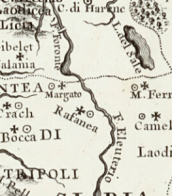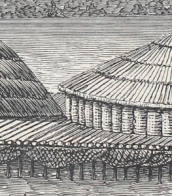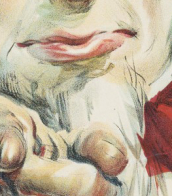bancs
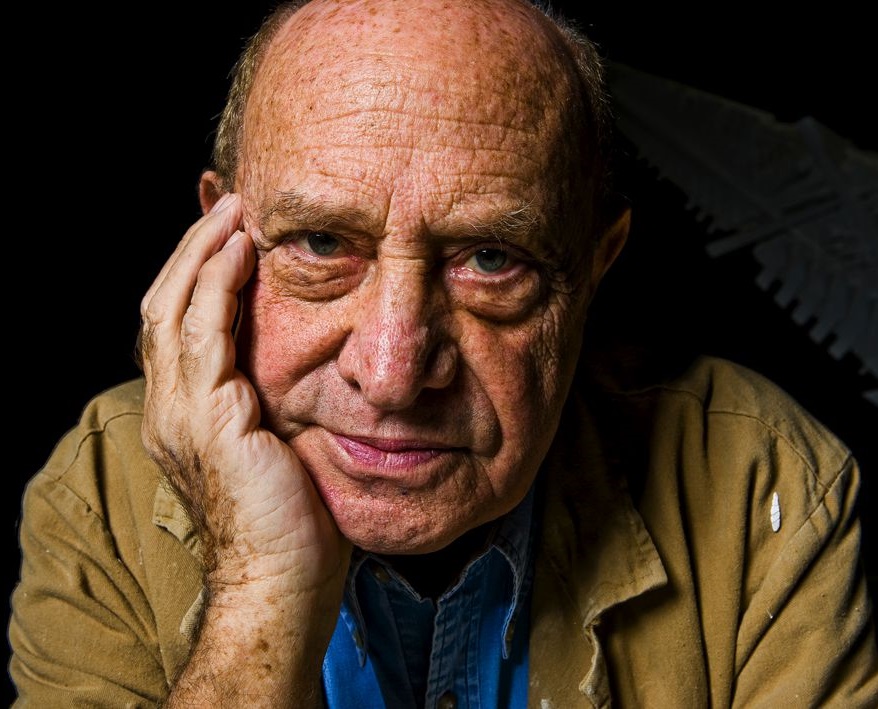
Arnaldo Pomodoro is an Italian sculptor. He was born in Morciano, Romagna, and lives and works in Milan. His brother, Giò Pomodoro (1930-2002) was also a sculptor.
Pomodoro designed a controversial fiberglass crucifix for the Cathedral of St. John the Evangelist in Milwaukee, Wisconsin. The piece is topped with a fourteen-foot diameter crown of thorns which hovers over the figure of Christ.
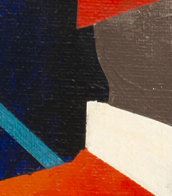
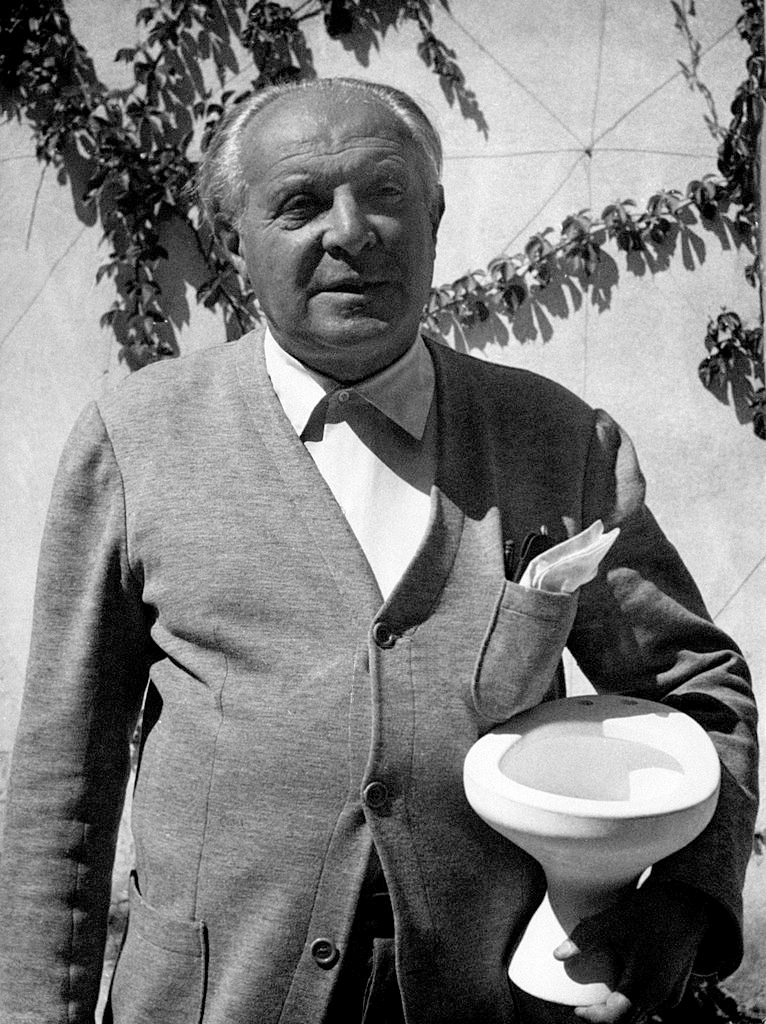
Giovanni (Gio) Ponti was an Italian architect, industrial designer, furniture designer, artist, teacher, writer and publisher.
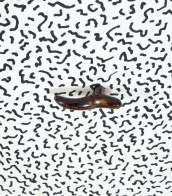

Diego Giacometti was a Swiss sculptor and designer, and the younger brother of the sculptor Alberto Giacometti.
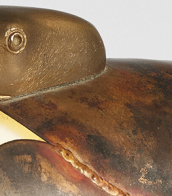
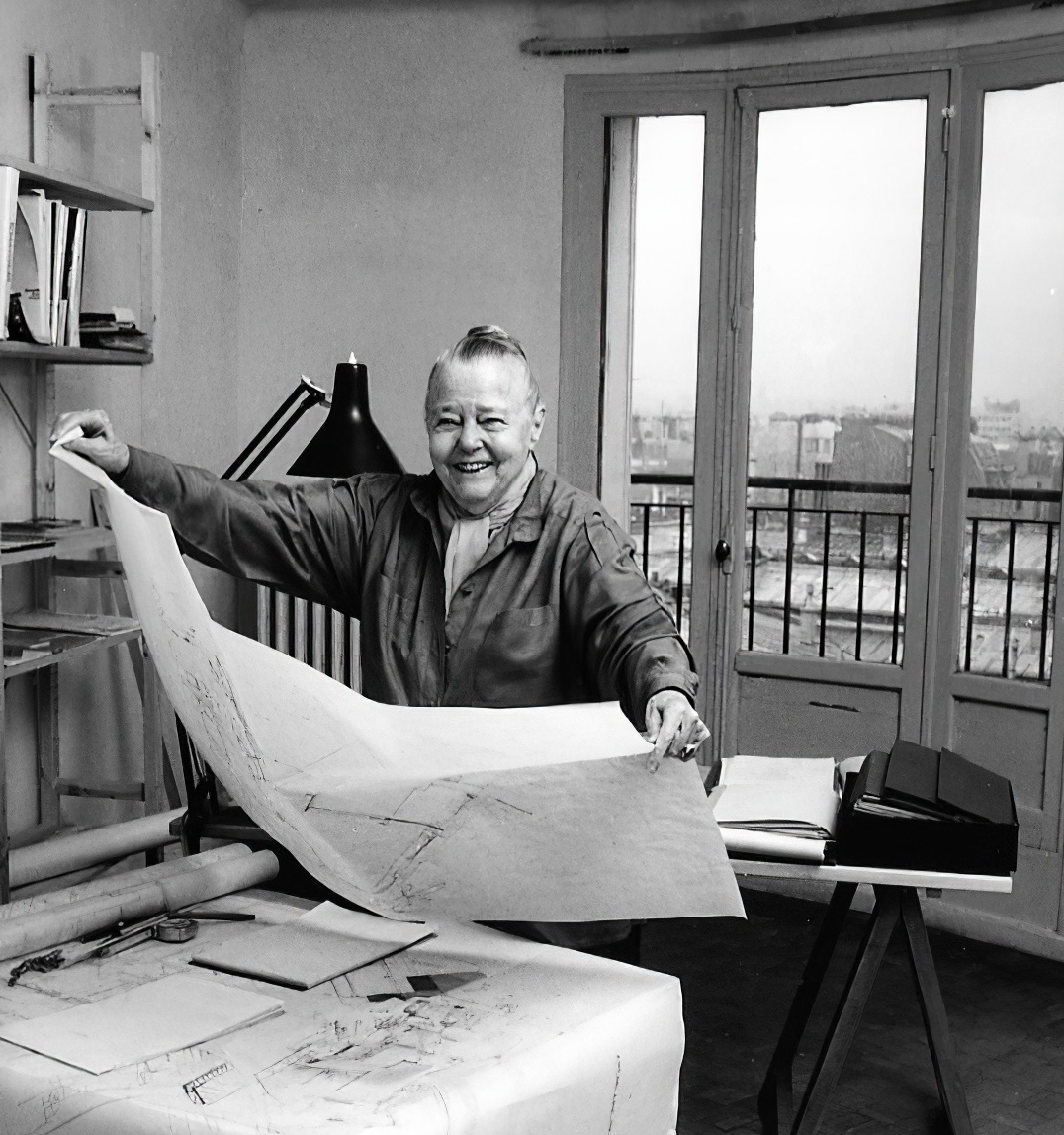
Charlotte Perriand was a French architect and designer. Her work aimed to create functional living spaces in the belief that better design helps in creating a better society. In her article "L'Art de Vivre" from 1981 she states "The extension of the art of dwelling is the art of living — living in harmony with man's deepest drives and with his adopted or fabricated environment." Charlotte liked to take her time in a space before starting the design process.
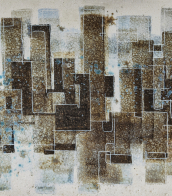
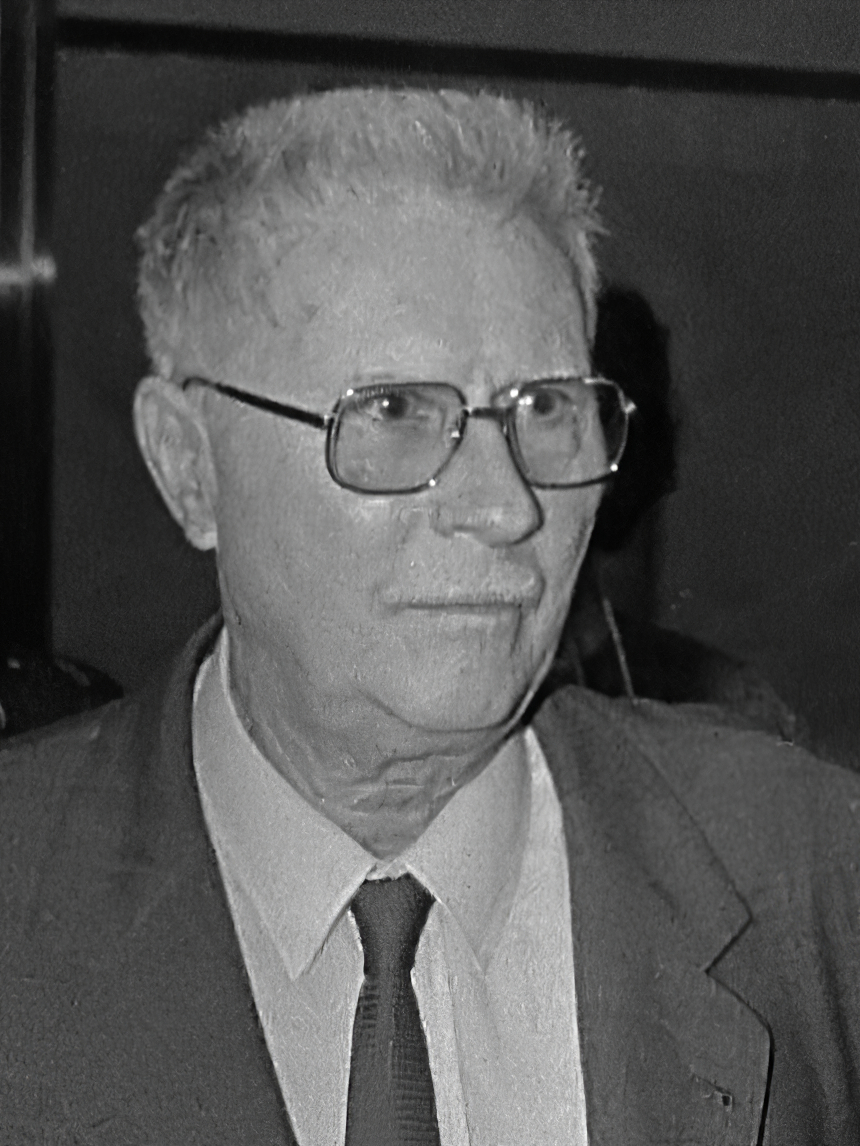
Jean Prouvé was a French metal worker, self-taught architect and designer. Le Corbusier designated Prouvé a constructeur, blending architecture and engineering. Prouvé's main achievement was transferring manufacturing technology from industry to architecture, without losing aesthetic qualities. His design skills were not limited to one discipline. During his career Jean Prouvé was involved in architectural design, industrial design, structural design and furniture design.
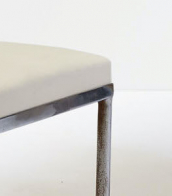

Charlotte Perriand was a French architect and designer. Her work aimed to create functional living spaces in the belief that better design helps in creating a better society. In her article "L'Art de Vivre" from 1981 she states "The extension of the art of dwelling is the art of living — living in harmony with man's deepest drives and with his adopted or fabricated environment." Charlotte liked to take her time in a space before starting the design process.


André Brasilier is a contemporary French expressionist painter.
Combining abstraction and expressionism, the author's lyrical, dreamy paintings explore an intimate communion with nature.
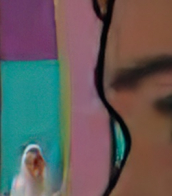
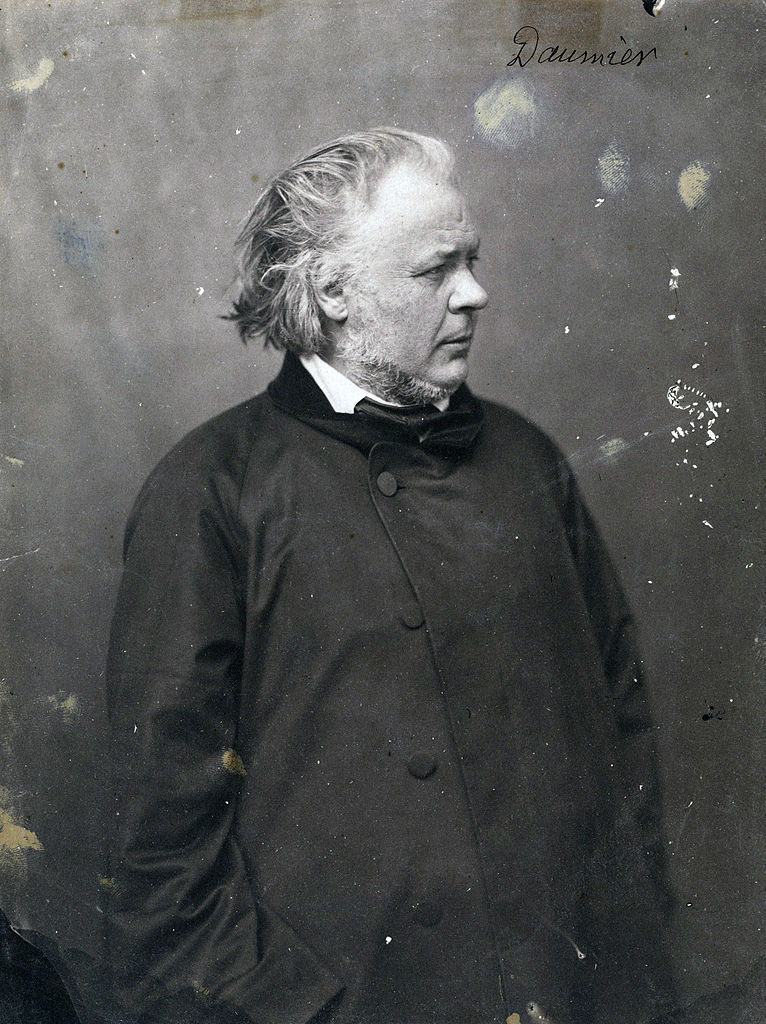
Honoré Daumier, a French artist, is renowned for his profound impact on 19th-century art through his work as a caricaturist, painter, and sculptor. His art, which satirized French politics and society, is celebrated for its insightful commentary on the human condition and the social landscape of his time. While Daumier is perhaps best known for his incisive and humorous lithographs that critiqued the French bourgeoisie and political figures, his contributions to painting and sculpture are equally significant, demonstrating a keen observation of everyday life and a masterful use of expression.
Honoré Daumier's early involvement with lithography, a relatively new printmaking technique at the time, allowed him to produce works that were both accessible and impactful, resonating with a wide audience. His imprisonment in 1832 for his caricature of King Louis Philippe as Gargantua highlights the daring nature of his work and the personal risks he took to express his political views. Despite the challenges he faced, including eventual blindness, Daumier continued to create art that spoke to the societal issues of his day, transitioning to painting and sculpture while maintaining the critical edge that defined his earlier works.
His later years were spent in Valmondois, where he focused more on painting, capturing scenes of daily life with a technique that distanced itself from the caricatural style he was famous for but retained his keen observational skills. Despite his struggles with poverty and illness, Honoré Daumier's legacy endures, with his works housed in prestigious institutions like the British Museum and being recognized for their contribution to the development of modern art, particularly in their influence on Impressionist techniques.
For collectors and enthusiasts of art and antiques, Honoré Daumier's work offers a unique window into 19th-century French society, marked by a blend of humor, social critique, and poignant observation. His diverse body of work, from lithographs to paintings, continues to inspire and provoke thought, making him a pivotal figure in the history of art.
To stay informed about the latest exhibitions, sales, and events related to Honoré Daumier's work, signing up for updates is a valuable way to ensure you don't miss out on the opportunity to engage with the rich legacy of this influential artist.

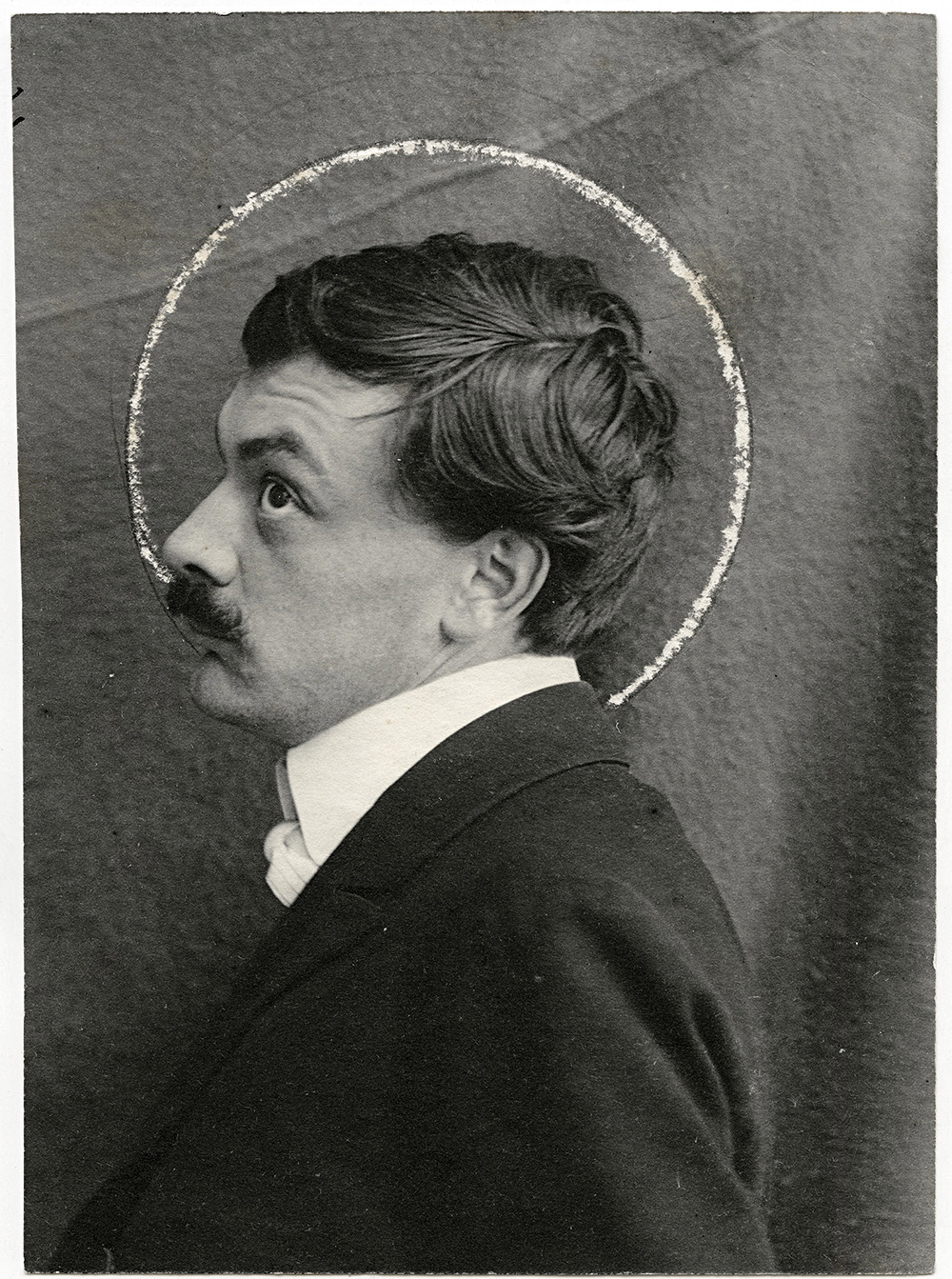
Koloman Moser, an Austrian artist, was a pivotal figure in the Vienna Secession movement and a co-founder of Wiener Werkstätte. His diverse portfolio includes graphic works, fashion designs, stained glass windows, ceramics, silverware, jewelry, and furniture. Moser's style, characterized by precise geometric patterns and a harmonious blend of colors, made a significant impact on 20th-century graphic art and design.
Koloman Moser's work extended beyond art; he designed currency and stamps, notably the Austrian-Hungarian 50 Crown Banknote and a stamp featuring Emperor Franz Joseph. His legacy is preserved in various museums, including the Museum of Applied Arts Vienna (MAK), which hosted a comprehensive exhibition to commemorate the centenary of his death.
For collectors and art enthusiasts, Koloman Moser's creations offer a unique glimpse into the evolution of modern design and the rich cultural tapestry of early 20th-century Vienna. To stay informed about upcoming sales and auction events related to Koloman Moser's work, signing up for updates is an excellent way to stay connected with this influential artist's enduring legacy.
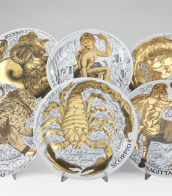
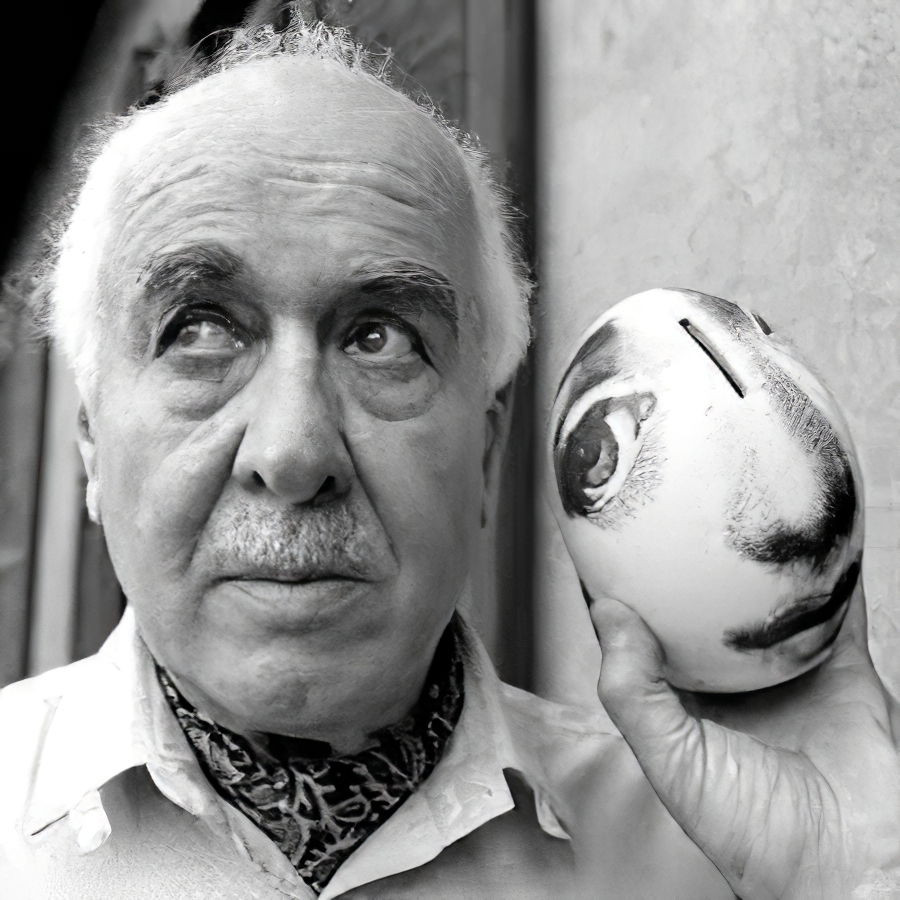
Piero Fornasetti was an Italian artist and designer.
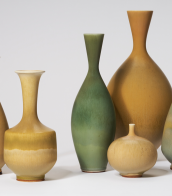
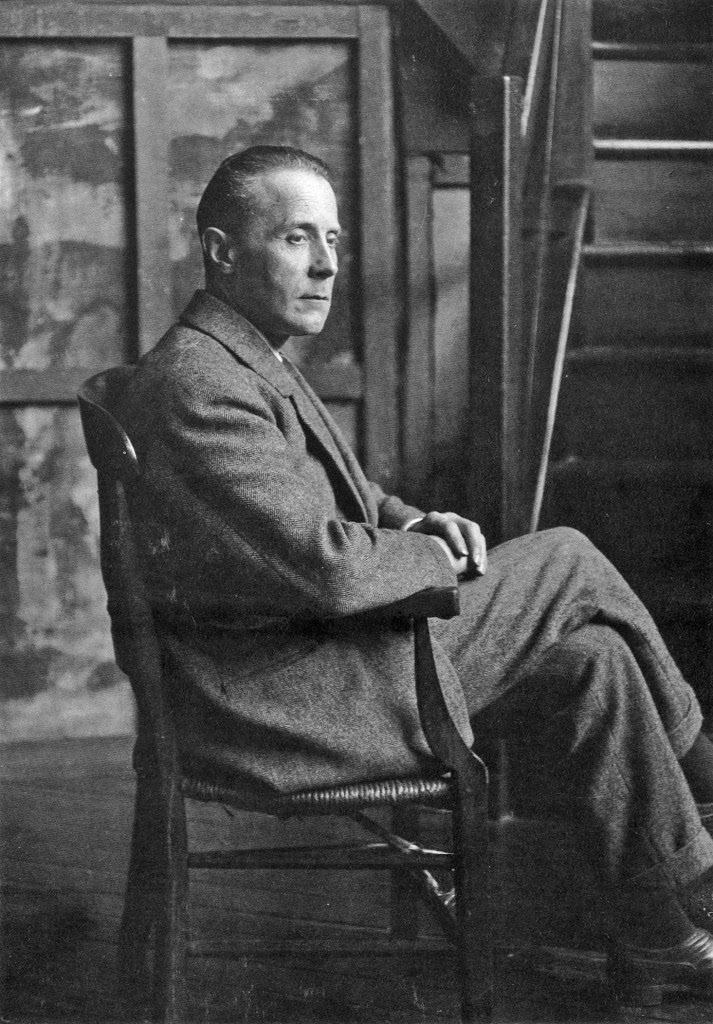
Jacques Villon, birth name Gaston Duchamp, was a French painter and printmaker. In 1907 he changed his name to Jacques Villon. He was the brother of artists Marcel Duchamp and Raymond Duchamp-Villon.
Villon began his career as a painter and his early work was influenced by the Impressionists and Post-Impressionists. He later became interested in Cubism and, together with his brother Raymond, became a member of the Putot group, a collective of artists who experimented with Cubist techniques.
In addition to painting, Villon was also a skilled engraver. He worked in various engraving techniques, including etching, aquatint and dry glass, and his prints are known for their intricate lines and geometric shapes.
Villon's work continued to evolve throughout his career, experimenting with different styles and techniques. In his later years, he returned to a more traditional style of painting, creating landscapes and portraits with bright colors and expressive strokes.
Villon's works were exhibited in major museums and galleries around the world, including the Museum of Modern Art in New York and the Pompidou Centre in Paris. He is considered to be one of the most significant figures of the Cubist movement and his contribution to modern art is still celebrated today.
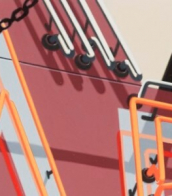
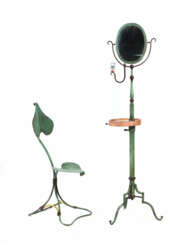






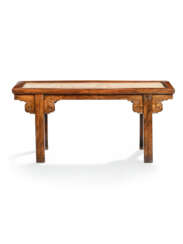

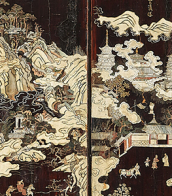


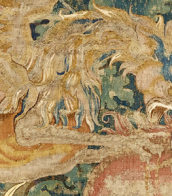
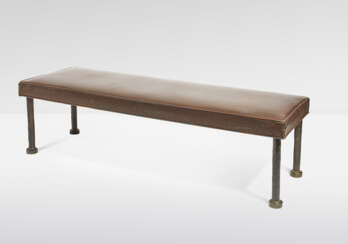



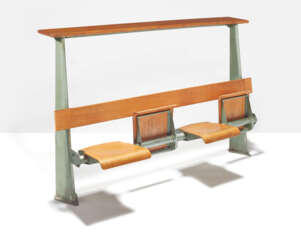





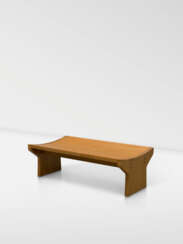

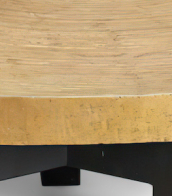
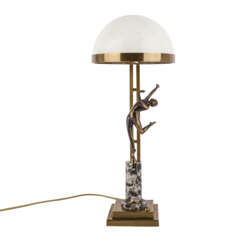

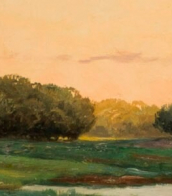




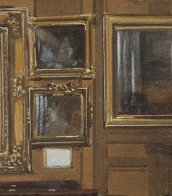
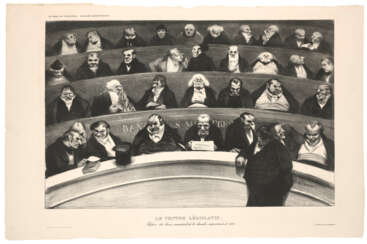



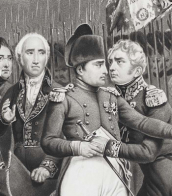





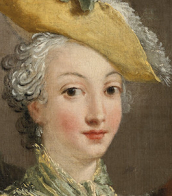









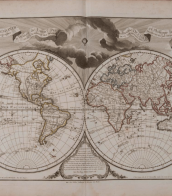
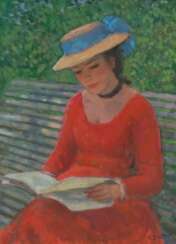

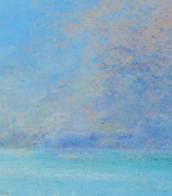


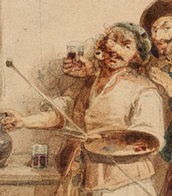
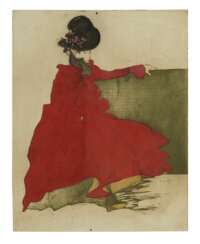

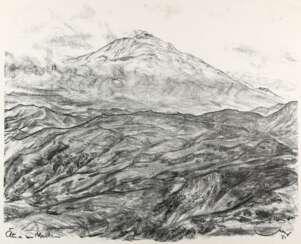

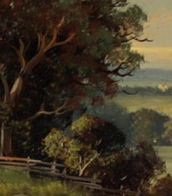


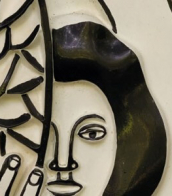
![[BOSINADE] - Lotto di 10 bosinade. Milan: XVII-XVIII secolo](/assets/image/picture_1242229/f589f/jegtkkxldhkao4rh9ouie1yr9isthmy-m2xp2irdbiido1tpamkkixberlxvnmwt1608650344jpg__fix_374_244.jpeg)
![[BOSINADE] - Lotto di 10 bosinade. Milan: XVII-XVIII secolo](https://veryimportantlot.com/assets/image/picture_1242229/f589f/jegtkkxldhkao4rh9ouie1yr9isthmy-m2xp2irdbiido1tpamkkixberlxvnmwt1608650344jpg__fix_374_244.jpeg)
